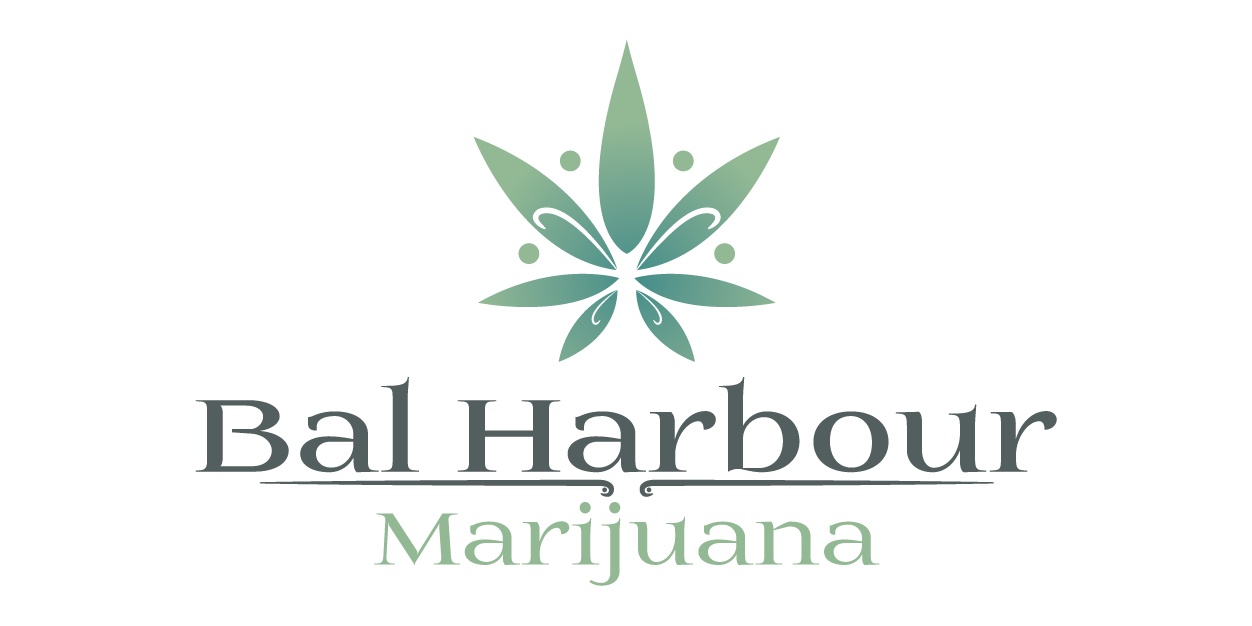Bal Harbour’s image—ultra-luxury retail, oceanfront condos, and quiet, manicured streets—shapes how the community approaches cannabis. Florida remains a medical-only state, and voters narrowly missed the 60% threshold needed to legalize adult use in 2024, leaving recreational consumption illegal for now. That statewide outcome still sets the backdrop for local attitudes, where support for legalization runs high in polling but policy remains conservative.
At street level, Bal Harbour’s culture is discreet rather than demonstrative. The village moved in late 2024 to restrict marijuana retail activity through zoning—part of a package of code amendments that defined “marijuana uses” and advanced an ordinance to prohibit retail sales within village limits. The measure was advanced by the Local Planning Agency in September 2024 and incorporated into ordinance updates thereafter, effectively signaling that any cannabis commerce would occur in neighboring jurisdictions, not inside Bal Harbour. For residents, that means access relies on medical dispensaries and delivery operators based in adjacent Miami-Dade communities, keeping visible cannabis commerce largely out of the village.
Social acceptance appears mixed but pragmatic. Florida-wide sentiment shows durable majorities favoring legalization, and national polling indicates broad normalization of cannabis use among adults. Those trends typically filter into affluent coastal enclaves like Bal Harbour via private consumption, low-profile delivery, and wellness-oriented products rather than storefront culture. Yet the village’s policy posture—no local retail—signals a continued preference for minimal public footprint.
Enforcement patterns across Miami-Dade complicate the picture. Even as prosecutors have dropped most low-level possession cases in recent years, thousands of arrests continued countywide, with coverage highlighting racial disparities and uneven application of civil citations. While Bal Harbour itself is a small municipality, residents read county headlines and act accordingly—keeping cannabis activity discreet to avoid encounters with law enforcement, especially given recreational possession remains illegal under Florida law.
Consumer behavior aligns with a wellness-first, low-visibility culture. Florida’s medical program remains the legal channel, and statewide health surveys show declining youth use of illicit drugs and continued emphasis on regulated access for adults with qualifying conditions. In Bal Harbour, that translates to private use at home, medical patient deliveries, and travel to dispensaries in neighboring cities—practices that residents describe as convenient, stigma-free within social circles, and functionally invisible in public spaces.
Bottom line: Has cannabis been socially accepted in Bal Harbour? Within private life, largely yes—especially among medical patients and wellness-minded consumers who value discretion. In public and policy, the village favors a restrained approach that keeps cannabis commerce outside its borders, reflecting Bal Harbour’s curated brand and residents’ desire for a low-key streetscape. The tension between broad Florida support for adult-use and the locality’s conservative zoning is likely to persist until state law changes. If Florida revisits adult-use in a future election cycle or federal policy shifts further toward normalization, Bal Harbour may maintain its low-visibility ethos even as consumer acceptance continues to grow behind closed doors.
